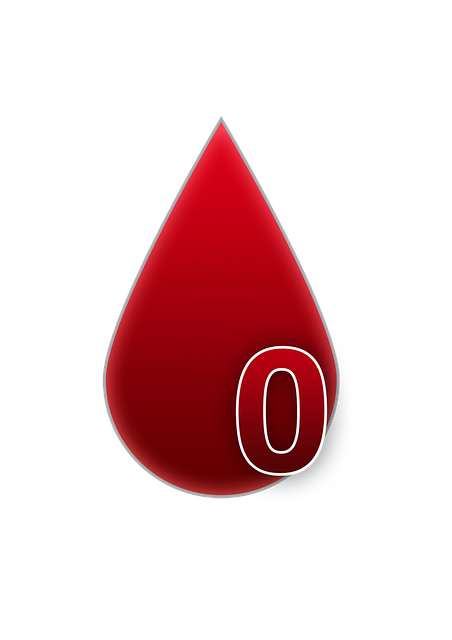For women with poor ovarian response, egg donation is a vital step towards family building. The process involves receiving screened donor eggs for IVF treatment, with both fresh and frozen options available. Fresh eggs offer higher fertility potential but limited shelf life, while frozen eggs provide flexibility and improved success rates due to advancements in freezing techniques. Choosing between them requires balancing personal preferences and practical considerations, aiming to optimize fertility outcomes and promote healthier mother-child relationships.
Choosing between fresh and frozen donor eggs is a significant decision for women navigating egg donation due to poor ovarian response. This article explores the intricacies of this choice, focusing on quality, availability, medical perspectives, and personal preferences. Understanding the unique considerations surrounding these options can empower individuals to make informed decisions, ultimately enhancing their fertility outcomes. By delving into these topics, we aim to provide a comprehensive guide for those considering egg donation as part of their reproductive journey.
Understanding Egg Donation for Women with Poor Ovarian Response
For women facing fertility challenges due to poor ovarian response, understanding egg donation is a crucial step towards building a family. Egg donation for women with poor ovarian response involves receiving eggs from a donor, who can provide healthy, fertile eggs to support IVF (in-vitro fertilization) treatment. This procedure offers hope and a viable solution when a woman’s ovaries may not be able to produce sufficient or quality eggs on their own.
The process begins with careful screening of potential donors to ensure health, age appropriateness, and compatibility with the recipient. Once matched, the donor’s eggs are harvested and frozen, preserving their viability for future use. This ensures that women with poor ovarian response can access high-quality eggs, enhancing their chances of successful IVF cycles. By leveraging egg donation, these women can navigate their fertility journey with greater optimism, exploring new possibilities for building a family.
Fresh vs Frozen Eggs: Quality and Availability Considerations
When considering egg donation for women with poor ovarian response, understanding the nuances between fresh and frozen donor eggs is essential. Fresh eggs are typically preferred as they offer superior quality and higher fertility potential due to their recent collection and processing. However, availability can be a limiting factor – fresh eggs have a shorter shelf life, requiring prompt use after retrieval, which may not align with everyone’s schedules.
On the other hand, frozen donor eggs provide a more flexible option. Freezing preserves egg quality over extended periods, ensuring they remain viable for future use. This is particularly beneficial for recipients who might need time to prepare for treatment or face unforeseen delays. While there are advancements in freezing techniques that enhance success rates, some studies suggest a slight decrease in fertility potential compared to fresh eggs. Nonetheless, frozen donor eggs offer a valuable alternative when availability and timing play crucial roles in egg donation for women with poor ovarian response.
Medical Perspective: Impact on Fertility Outcomes
From a medical perspective, the choice between fresh and frozen donor eggs is crucial for optimizing fertility outcomes, especially in cases like egg donation for women with poor ovarian response. Research shows that while fresh donor eggs generally offer higher fertilization rates, frozen eggs have made significant strides in achieving comparable success rates. This advancement is particularly beneficial for recipients as it expands options during a time when every opportunity counts.
The impact on fertility outcomes goes beyond initial success rates. Frozen donor eggs demonstrate a reduced risk of genetic abnormalities, offering a more stable option for pregnancies. This is especially relevant for women with poor ovarian response, where the quality and quantity of their own eggs may be compromised. By choosing frozen donor eggs, these women can enhance their chances of successful conception and healthy outcomes for both mother and child.
Personal Choices: Patient Preferences and Outcomes
When considering egg donation for women with poor ovarian response, personal choices and patient preferences play a significant role in the decision-making process. Some patients might prioritize fresh donor eggs due to perceived quality and potential advantages, such as higher pregnancy rates. This preference often stems from the desire for eggs with optimal genetic integrity and reduced risk of aneuploidy. However, it’s essential to weigh these benefits against the constraints of availability and time sensitivity, as fresh eggs require a synchronized donation cycle.
In contrast, frozen donor eggs offer flexibility and convenience. Many patients appreciate the practicality of having a supply of eggs available at their own pace, without the urgency associated with fresh donations. While the success rates for frozen eggs may vary, advancements in freezing techniques have significantly improved their viability. This option respects individual choices, allowing women to focus on other aspects of their treatment while ensuring they have access to donor eggs when ready.
When considering egg donation for women with poor ovarian response, the choice between fresh and frozen donor eggs is multifaceted. While fresh eggs offer higher quality and potentially better fertility outcomes, frozen eggs provide a more reliable option due to their extended shelf life. Ultimately, the decision should balance medical recommendations, availability, and personal preferences to ensure the best chance of successful conception. Both options have their merits, making informed choices crucial for navigating this complex process.
